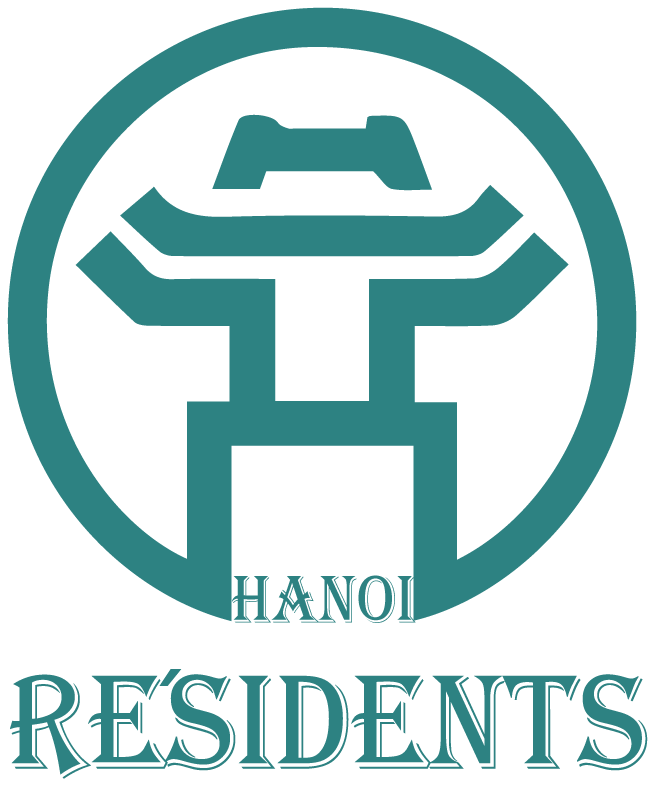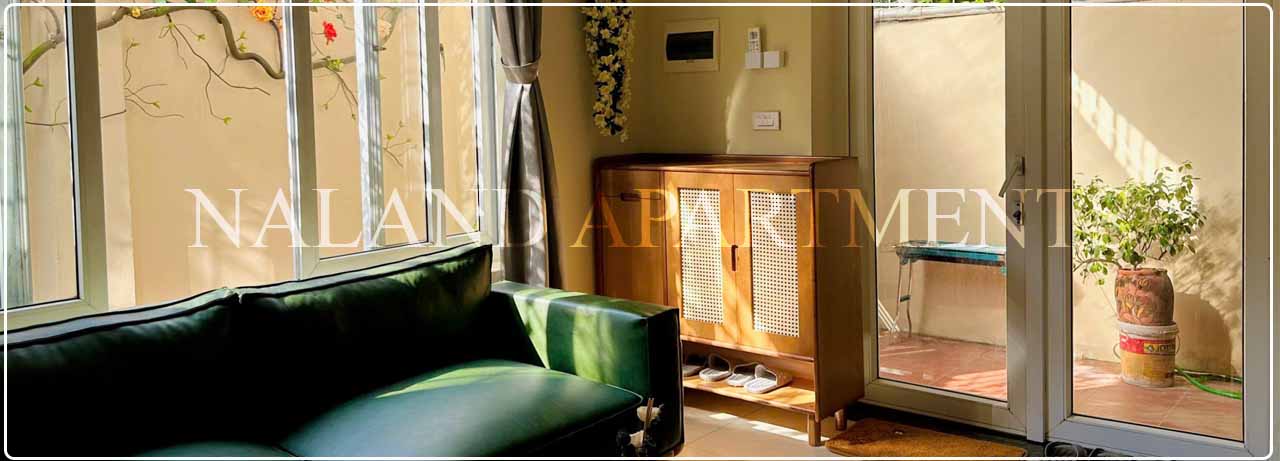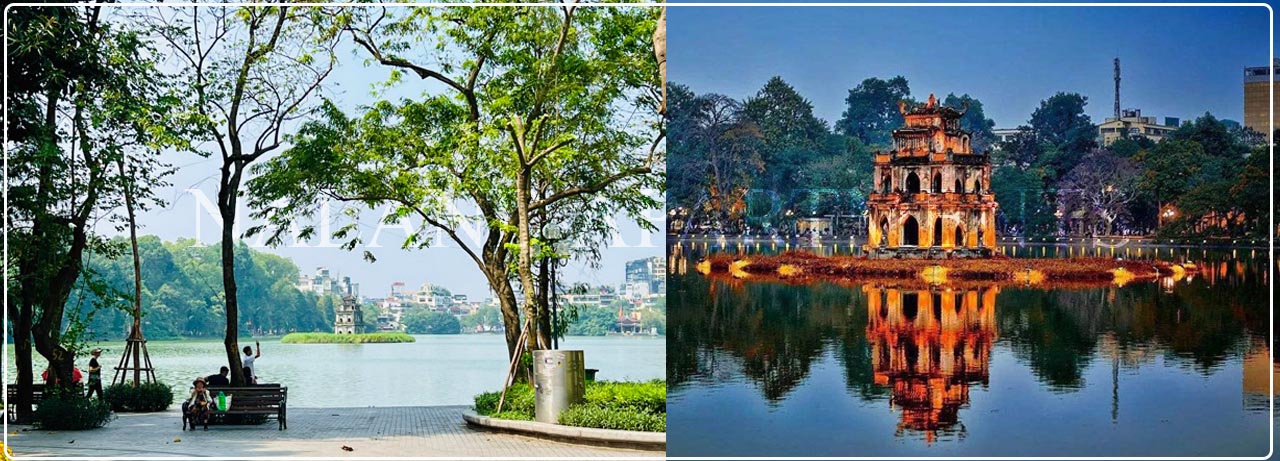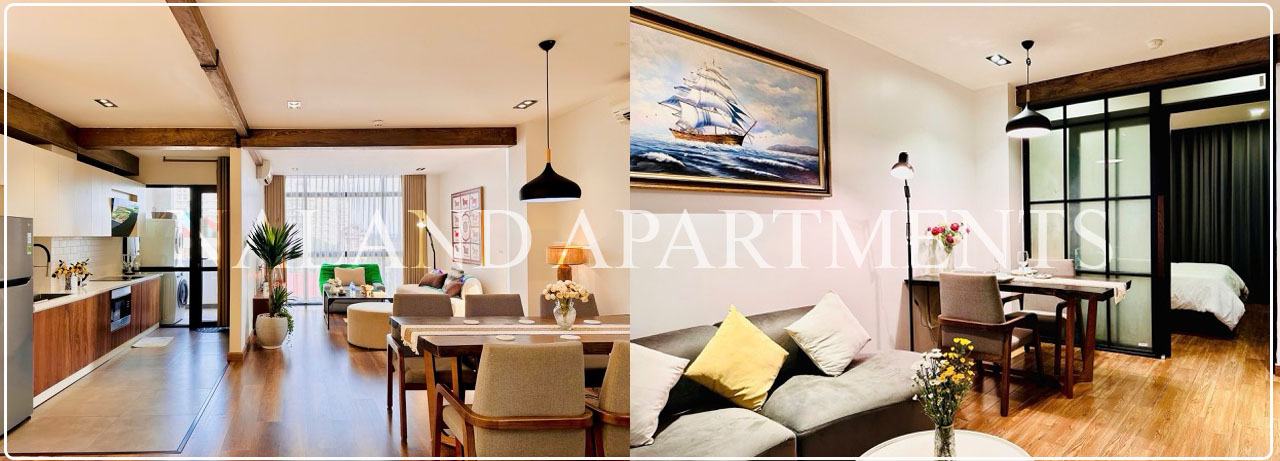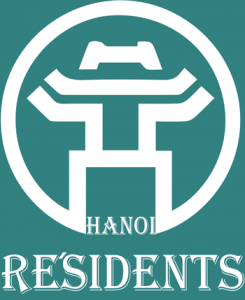Nestled in the heart of Vietnam’s capital, Van Mieu Hanoi stands as a timeless tribute to the country’s deep-rooted respect for learning and Confucian values. More than just a historical landmark, this ancient temple complex invites visitors to explore Vietnam’s first national university, admire centuries-old architecture, and walk in the footsteps of generations of scholars.
Introduction to Van Mieu Hanoi
Located in the heart of the capital city, Van Mieu Hanoi (Temple of Literature) is not only a majestic historical monument but also a spiritual symbol of Vietnam’s traditional Confucian education.

Van Mieu – Quoc Tu Giam: Vietnam’s First National University (Photo: Internet)
Established in 1070 to honor Confucius and other sages, it became home to Quoc Tu Giam, the country’s first national university.
For those exploring Hanoi, Van Mieu Hanoi is a must-visit destination to understand Vietnamese history, culture, and intellectual legacy.
>>> To save time and travel expenses during your trip to Hanoi, you can consider Na Land Apartment‘s system of centrally located apartments to optimize costs throughout your journey.
The History and Development of Van Mieu Hanoi
Founding Period
In the heart of Vietnam’s bustling capital lies Van Mieu Hanoi, a majestic symbol of the nation’s enduring reverence for education, culture, and scholarly excellence. In 1070, under the reign of King Ly Thanh Tong, Van Mieu was established to honor Confucius and foster the teachings of Confucianism across the Vietnamese royal court and society.
Just a few years later, in 1076, King Ly Nhan Tong founded Quoc Tu Giam within the temple grounds, marking the birth of Vietnam’s first national university dedicated to educating the elite class of scholars and mandarins.
Over the centuries, Van Mieu Hanoi evolved into a sacred place for intellectual pursuit, royal examinations, and cultural ceremonies—becoming not only a cornerstone of Vietnamese academic heritage but also a powerful spiritual destination for generations of students seeking wisdom and success.
Growth During the Tran, Le, and Nguyen Dynasties
Steeped in nearly a thousand years of history, Van Mieu Hanoi stands as a proud testament to Vietnam’s enduring commitment to scholarship, moral values, and Confucian heritage. Originally established in 1070 by King Ly Thanh Tong to worship Confucius and promote Confucian teachings, it later became the site of Quoc Tu Giam, Vietnam’s first national university, founded in 1076 by King Ly Nhan Tong. Over the centuries, Van Mieu Hanoi witnessed profound development and cultural importance, especially under the Tran, Le, and Nguyen dynasties.

Doctoral Steles at Van Mieu Hanoi – UNESCO Memory of the World (Asia-Pacific) Heritage, 2010 (Photo: Internet)
These successive dynasties consistently renovated and expanded the complex, ensuring that it remained the intellectual and spiritual heart of the nation. It was here that royal examinations were held to identify and recruit the brightest minds to serve the court and country, reflecting the Vietnamese ideal of “respecting talents.” One of the most significant legacies of this era is the series of 82 Doctoral Steles, introduced under King Le Thanh Tong, which honor the names and achievements of successful scholars from prestigious imperial exams.
Today, Van Mieu Hanoi is more than just an architectural wonder—it is a living monument to Vietnam’s scholastic tradition and a place where the spirit of learning continues to thrive.
Van Mieu Hanoi in Modern History
Through centuries of change, turbulence, and transformation, Van Mieu Hanoi has remained a steadfast guardian of Vietnam’s educational heritage. Despite enduring the ravages of time, including wars, colonial conflicts, and natural decay, Van Mieu Hanoi has miraculously survived, preserving its sacred aura and architectural grandeur. Its courtyards, stone steles, ancient gates, and altars continue to radiate the spirit of Vietnam’s past scholars and educators.
During periods of political upheaval, the site was damaged but never forgotten—locals and authorities alike have worked tirelessly to restore and preserve its integrity. The resilience of Van Mieu Hanoi is not just physical but symbolic; it reflects the nation’s unbreakable respect for learning, honor, and intellectual pursuit.
Today, this revered complex is officially recognized as a national historical and cultural relic, serving as both a tourist attraction and a spiritual site. Millions of domestic and international visitors walk through its iconic gates each year, seeking inspiration, peace, and a deeper understanding of Vietnam’s scholarly legacy.
For students, it is a place to pray for academic success; for historians, an irreplaceable window into the country’s intellectual evolution; and for travelers, a cultural gem nestled in the heart of Hanoi.
Architecture and Main Sections of Van Mieu Hanoi
Traditional Confucian Layout
Van Mieu Hanoi comprises five main courtyards aligned on a strict north–south axis, each with its own architectural and cultural significance
Van Mieu Gate – Dai Trung Gate
This is the grand entrance to Van Mieu Hanoi, marked by three ancient gateways that symbolize the transition from the outer world into a place of sacred learning. The path leading through these gates was traditionally reserved for scholars and mandarins entering the temple for exams or ceremonies.

Dai Trung Gate at Van Mieu Hanoi (Photo: Internet)
The architecture features stone pillars and classical motifs that reflect early Vietnamese Confucian aesthetics.
Second Courtyard – Khue Van Cac (Pavilion of the Constellation of Literature)
Built in 1805, Khue Van Cac is arguably the most iconic structure within Van Mieu Hanoi. Elevated on four stone pillars with a wooden upper structure, the pavilion symbolizes the brightness of literary and intellectual pursuits.

Khue Van Cac – A Symbol of Intellectual and Literary Enlightenment (Photo: Internet)
It is especially photogenic during spring, when red blossoms frame the traditional architecture. Today, it’s widely used as a symbol of Hanoi’s educational heritage.
Third Courtyard – Thien Quang Well and the Doctoral Steles
In this tranquil courtyard, visitors will find the Well of Heavenly Clarity (Thien Quang Tinh) at the center, symbolizing wisdom and reflection. Flanking the well are two rows of 82 stone steles, mounted on turtle-shaped pedestals.

Thien Quang Well and 82 Doctoral Steles – Symbols of Enduring Wisdom and Scholarly Legacy (Photo: Internet)
These steles commemorate scholars who passed the royal examinations between 1442 and 1779. Each inscription records names, birthplaces, and achievements—making this area the intellectual heart of Van Mieu Hanoi. The steles are recognized by UNESCO as part of the Memory of the World Programme.
Fourth Courtyard – Confucius Temple (Dai Thanh Sanctuary)
This sacred zone is dedicated to Confucius and his four closest disciples. The architecture is solemn and symmetrical, with altars, incense burners, and ceremonial spaces. It served as the site for important rituals, especially during national examinations or festivals.
For many, this courtyard embodies the philosophical and spiritual core of Van Mieu Hanoi, reflecting reverence for teaching and wisdom.
Fifth Courtyard – Thai Hoc House (House of Ceremonial Learning)
Originally the site of Quoc Tu Giam, Vietnam’s first national university, this area now houses a two-story building dedicated to the country’s educational legacy. On the ground floor, visitors can explore exhibitions on Confucian education, exam traditions, and academic culture.

Thai Hoc House (formerly Quoc Tu Giam) at Van Mieu Hanoi (Photo: Internet)
The upper floor enshrines notable educators such as Chu Van An, a revered headmaster of Van Mieu Hanoi known for his integrity and scholarship. This space connects the past to the present, celebrating Vietnam’s long-standing devotion to knowledge.
Doctoral Steles – Legacy of Intelligence
At Van Mieu Hanoi, visitors will find 82 ancient stone steles carefully mounted on turtle-shaped pedestals, symbolizing longevity and wisdom. These steles were erected to honor scholars who passed the rigorous royal examinations held between the 15th and 18th centuries. Each one is meticulously inscribed with the name, place of origin, and academic accomplishments of the successful candidates, serving both as a historical record and a tribute to Vietnam’s long-standing reverence for learning.

Doctoral Steles at Van Mieu Hanoi Recognized as National Treasures (Photo: Internet)
In 2009, this invaluable collection was officially recognized by UNESCO as part of the Memory of the World Programme, highlighting Van Mieu Hanoi as a vital cultural and educational heritage site of global significance.
What to Expect When Visiting Van Mieu Hanoi
For those planning a visit, Van Mieu Hanoi offers not only a journey into Vietnam’s intellectual past but also a well-organized experience with clear visitor services. From seasonal opening hours and affordable entrance fees to enriching cultural events, the site provides opportunities for travelers and locals alike to engage deeply with Confucian heritage.

Van Mieu Hanoi – A Favorite Destination for Both Domestic and International Tourists (Photo: Internet)
Opening Hours
- Summer (April 1 – October 31): 7:30 AM – 5:30 PM
- Winter (November 1 – March 31): 8:00 AM – 5:00 PM
Entrance Fees
- Adults: 70,000 VND
- Students (with valid ID): 35,000 VND
- Free for children under 15
Cultural Activities at Van Mieu Hanoi
- Calligraphy Offering in Spring: A traditional New Year ritual wishing for academic success.
- Guided Tours: In-depth explanations on the site’s history and architecture.
- Confucian Music and Calligraphy Performances: Held during festivals and historical anniversaries.
Whether you’re coming to explore history, admire traditional performances, or participate in New Year calligraphy rituals, here’s what you need to know to make your visit to Van Mieu Hanoi truly meaningful.
Van Mieu Hanoi – A Timeless Symbol of Learning and Respect
Van Mieu Hanoi transcends its role as a historical and architectural landmark—it stands as a living testament to Vietnam’s enduring respect for education, moral integrity, and scholarly pursuit. Rooted in Confucian values, the site upholds the principles of respecting teachers, cherishing knowledge, and cultivating personal virtue. For centuries, it has inspired generations of students through the stories of outstanding scholars whose dedication and intellect left a lasting impact on the nation’s academic legacy.

Calligraphy Seeking at Van Mieu Hanoi – A Beloved Tradition for Peace, Prosperity, and Good Luck in the New Year (Photo: Internet)
Beyond its historical function, Van Mieu Hanoi continues to serve a deeply spiritual role in modern life: each year, especially during the exam season and Lunar New Year, students and families come here to offer incense, seek blessings for academic success, and express gratitude to their teachers.
In this way, the temple remains a sacred space where past and present, tradition and aspiration, converge.
Tourist Attractions Near Van Mieu Hanoi
After exploring the academic and spiritual essence of Van Mieu Hanoi, visitors can enrich their journey by visiting other nearby historical and cultural sites that form the heart of Hanoi’s heritage.
Thang Long Imperial Citadel
Located just a few minutes from Van Mieu Hanoi, the Thang Long Imperial Citadel is a UNESCO World Heritage Site and one of the most important archaeological complexes in Vietnam.

Thang Long Imperial Citadel, Hanoi – Preserving Over 1,000 Years of Feudal Dynasty Heritage (Photo: Internet)
Once the seat of power for successive Vietnamese dynasties, this ancient fortress showcases remnants of royal palaces, stone dragon steps, and ancient relics that span over 1,000 years of continuous political and cultural development.
Ho Chi Minh Mausoleum
A short ride from Van Mieu Hanoi, the Ho Chi Minh Mausoleum is the final resting place of President Ho Chi Minh, the revered leader of Vietnam’s independence movement.

Ho Chi Minh Mausoleum – Final Resting Place of the Great Leader (Photo: Internet)
The complex includes Ba Dinh Square, the Presidential Palace, and Ho Chi Minh’s stilt house, offering visitors a chance to learn more about the modern history and values that shaped Vietnam in the 20th century.
One Pillar Pagoda
Near the mausoleum, you’ll find the One Pillar Pagoda, one of Vietnam’s most iconic Buddhist temples. Built in the 11th century and resembling a lotus blossom rising from a single stone pillar, this unique structure symbolizes purity and enlightenment.
![]()
One Pillar Pagoda – An Iconic Architectural Symbol of Hanoi (Photo: Internet)
Its serene surroundings provide a quiet moment of reflection after a visit to the bustling grounds of Van Mieu Hanoi.
Hoan Kiem Lake and Ngoc Son Temple
A short distance to the east of Van Mieu Hanoi lies Hoan Kiem Lake, the spiritual and social heart of the city. Here, you can stroll along shady paths, enjoy the tranquil water views, and visit Ngoc Son Temple, which sits on a small island connected by the charming red The Huc Bridge.

Ngoc Son Temple and The Huc Bridge Attract Visitors with Their Unique Architecture (Photo: Internet)
The temple honors national hero Tran Hung Dao and is an excellent place to connect with Hanoi’s blend of myth, history, and natural beauty.
Discover More Historic Sites in Hanoi
Beyond these highlights, Hanoi is filled with a rich tapestry of historic and cultural attractions—from ancient pagodas and French colonial buildings to bustling traditional markets and museums. Combined with a visit to Van Mieu Hanoi, these destinations create a complete picture of the capital’s enduring soul, making it a must-visit city for culture lovers and history enthusiasts alike.
Van Mieu Hanoi is more than just a relic—it’s a living testament to Vietnam’s age-old reverence for education and scholarship.
Amid the serenity of ancient courtyards and stone steles, visitors gain deeper insight into Vietnamese traditions and the enduring legacy of knowledge.
Whether you’re a history lover, cultural explorer, or student, Van Mieu Hanoi offers an unforgettable journey into Vietnam’s intellectual soul.
Naland Apartment – Hanoi Serviced Apartments – Prestige – Quality – Customer experience is the top priority.
🏢 Address: No. 18a, Lane 31/46, Xuan Dieu Street, Tay Ho
📩 Email: hanoiresidents@gmail.com
📞 Hotline: +84 971 84 84 88

